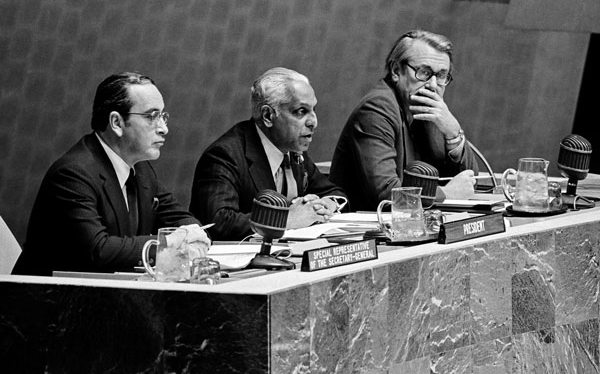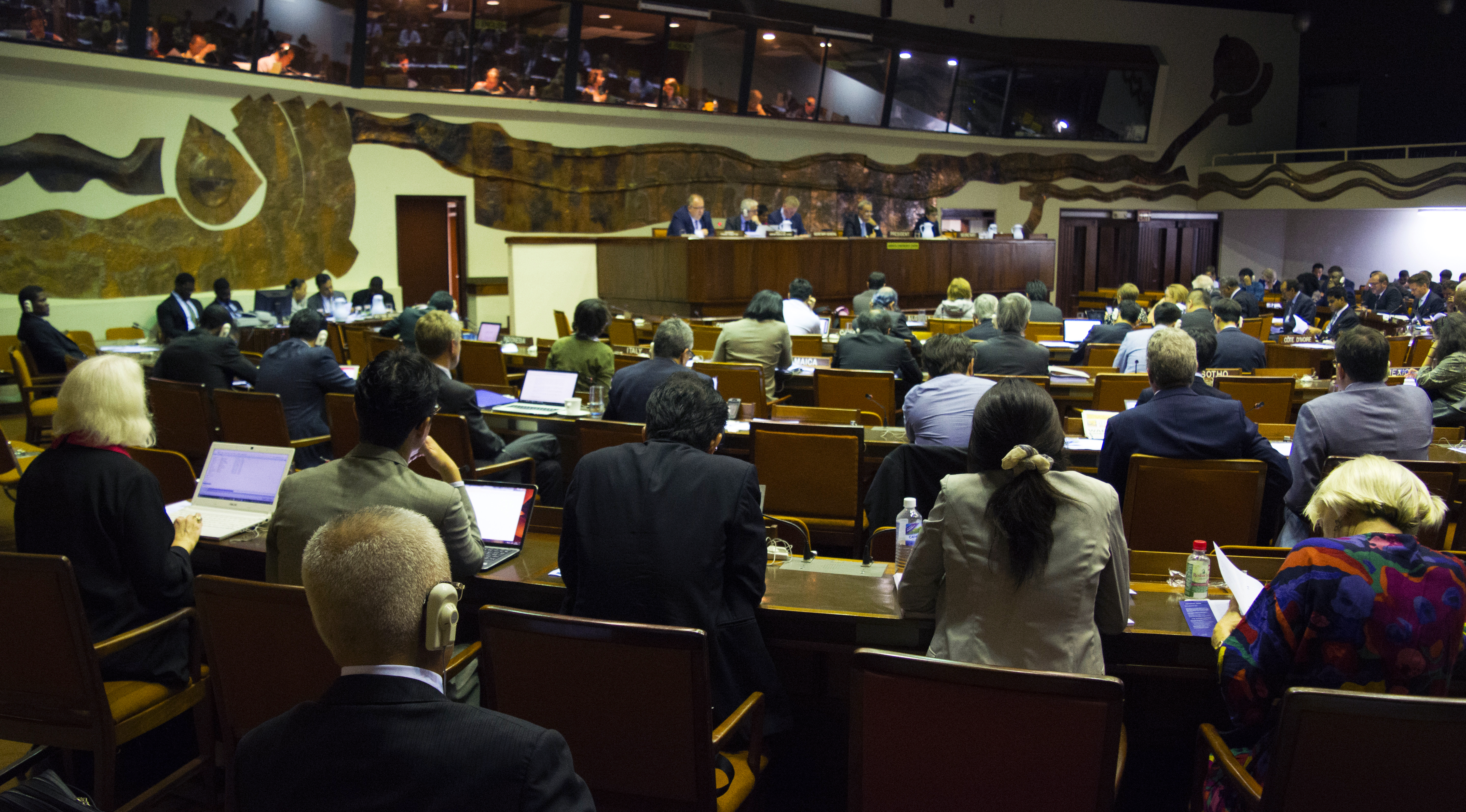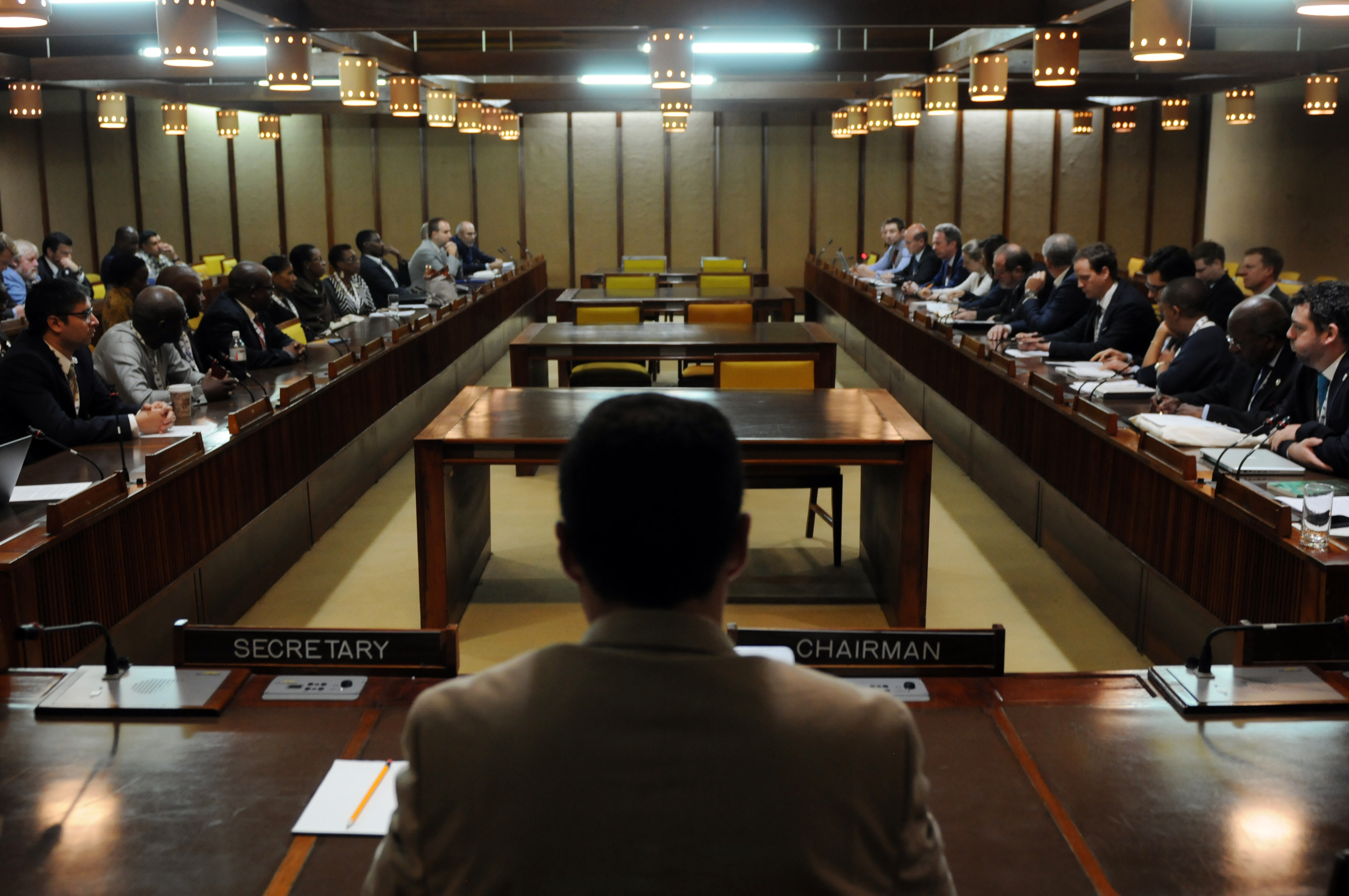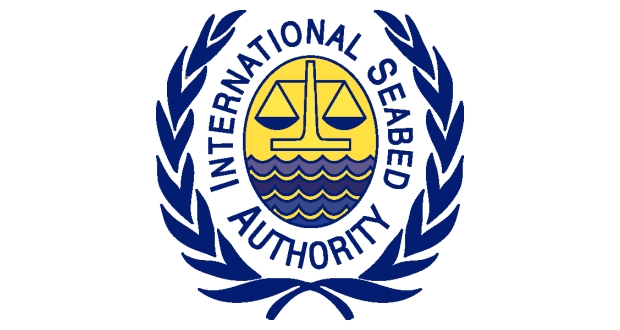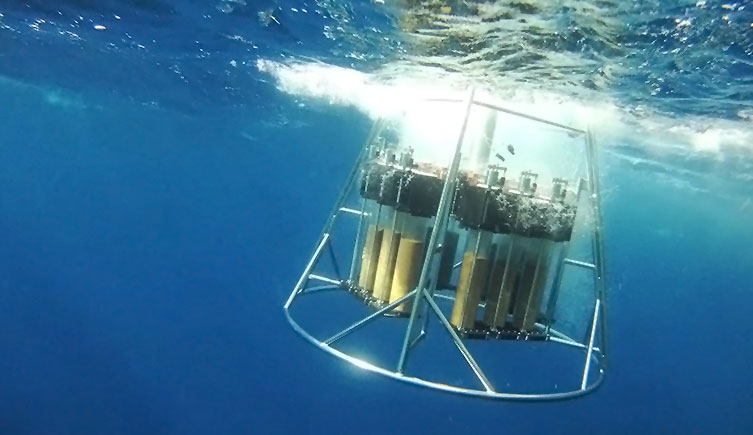As the International Seabed Authority (ISA) gets ready to begin its 23rd Annual Meeting this August in Kingston, it’s a noteworthy reflection point to consider the progressing state of the “Mining Code”. “Mining Code” is the term used by the ISA to describe the entire body of rules, regulations and procedures that will regulate prospecting, exploration and exploitation of marine minerals in international waters (referred to as “the Area“).
The Mining Code is still under development, but once complete will cover all environmental, financial, reporting and regulatory obligations incurred by seabed mining operations (called “contractors” due to their contractual relationship with the ISA) and the Authority itself. No mineral exploitation can occur until all elements of the Mining Code are finalized.
The general legal framework under which the Code is being developed was established in Part XI of the 1982 United Nations Convention on the Law of the Sea (UNCLOS) and its 1994 Implementing Agreement relating to deep seabed mining. UNCLOS establishes the ISA as the main convening and regulatory authority governing mineral extraction from international waters. Additionally, in contradiction to the historical open access tradition of freedom of the high seas, the framework designates the Area as the “common heritage of mankind”, to be administered for the benefit of mankind as a whole. The guidelines for implementing “common heritage of mankind” are found in UNCLOS articles 133-143 and essentially ensure that the resources in the Area belong to mankind as a whole; that no person, State or entity can make claim to them otherwise; that all mining and mineral recovery must be in accordance with UNCLOS and the rules adopted by the Authority; that activities including mining and marine scientific research are to be carried out for the benefit of mankind as a whole; and that the Authority shall provide for the equitable sharing of financial and other economic benefits derived from activities in the Area.
UNCLOS also requires measures for the protection of the marine environment. This requirement authorizes the Authority to develop rules to prevent, reduce and control pollution and other hazards; conserve natural resources and prevent damage to flora and fauna; require State actors to have rules governing waters within national jurisdiction as effective as those developed for international waters; and establishes an obligation for all States “to protect and preserve rare or fragile ecosystems as well as the habitat of depleted, threatened or endangered species and other forms of marine life.”

Much of the Mining Code has been put in place already over the 23-year existence of the ISA. This is particularly true for rules governing prospecting and exploration of minerals in the deep seabed. In 2013 the Authority began to develop regulations to govern the future exploitation of seabed minerals, starting with polymetallic nodules. The full body of existing regulations, recommendations and guidance contributing to the Mining Code include:
- Regulations on Prospecting and Exploration for Polymetallic Nodules in the Area, adopted 13 July 2000, amended in 2013 and 2014
- Regulations on Prospecting and Exploration for Polymetallic Sulphides in the Area, adopted 2010, amended in 2013 and 2014
- Regulations on Prospecting and Exploration for Cobalt-rich Ferromanganese Crusts in the Area, adopted 2012, amended in 2013
- Environmental Management Plan for the Clarion-Clipperton Zone, Adopted 2011 and 2012
- Recommendations for the guidance of contractors for the assessment of the possible environmental impacts arising from exploration for marine minerals in the Area, amended in 2013.
The exploration regulations in place establish a system under which State Parties apply to the Authority for contracts that ensure 15-year exclusive rights to explore a specific area. To receive such contracts the State Parties must submit work plans and be able to demonstrate that they are financially and technically capable of fulfilling their obligations. The work plans must include a proposed exploration program as well as oceanographic and environmental baseline studies that enable an assessment of potential environmental impacts. Contractors are expected to use best environmental practices, follow the Precautionary Principle, and work with the Authority to develop programs for monitoring and evaluation of impacts. States are likewise legally required to exercise “due diligence” when sponsoring mining entities to ensure that the entity they sponsor remains compliant with UNCLOS and the regulations adopted by the Authority.
Final Regulations for Exploitation of mineral resources in the Area is the ultimate regulatory phase in developing the common heritage of mankind and implementing the Mining Code in its entirety. While these are still under development, the Authority has made significant progress since 2013. Activities in recent years have included a Stakeholder Survey, issuance of consultation documents including a Draft Regulatory Framework, discussion papers and targeted workshops related to the development of specific areas of the Exploitation Code.
A major focus in 2017 moving forward are key components contributing to the environmental and financial aspects of the exploitation rules. Currently in development by the Authority’s Legal and Technical Commission are the guidance of contractors on the assessment of environmental impacts of exploration for polymetallic nodules. The development of Financial Regulations, discussed in another article in this issue of DSM Observer, are also underway and will eventually define a payment regime for exploitation contracts.
The Mining Code will ultimately be a “living” document, subject to amendment and refinement as new technologies, scientific awareness and situations arise. However, once the Exploitation Regulations are adopted, the over-arching framework of the Mining Code will be complete and the industry will be able to move forward with mining operations.
